Punjab's Sikhs' 99 Problems— simple, pragmatic solutions
Addressing the Core Arguments of Shekhar Gupta's Article "Punjab’s Sikhs have 99 problems but Khalistan ain’t one."
Addressing the Core Arguments of Shekhar Gupta's Article
Shekhar Gupta, in his article on theprint.in, provides a nuanced view under the engaging title "Punjab’s Sikhs have 99 problems but Khalistan ain’t one."1 With his usual eloquence, he lays down three key points that serve almost as axioms.
He asserts that no one in Punjab, including the Sikh community, is enticed by the idea of Khalistan, wishing to avoid a return to the violent years of 1983–1993.
Gupta describes contemporary Punjab as politically vibrant, where the electorate discards ineffective governments rather than gravitating towards foreign-based ideologues promoting Khalistan.
Finally, he emphatically states that he would never question the patriotism or national commitment of India's Sikhs.
These arguments invite a closer examination, both for their merit and for what they may inadvertently overlook.
Adding Nuance to Shekhar Gupta's Observations
After setting aside the Khalistan issue, Shekhar Gupta proceeds to discuss various factors that have led to the Sikh community's feelings of alienation in Punjab—economic decline, increasing religiosity, stagnant agriculture, and unemployment. He even points to declining remittances from Canada, where the Sikh population forms a significant portion of the Indian diaspora. Additionally, he acknowledges the cultural and linguistic bonds that Punjabi Sikhs share with other Punjabis, including those in Pakistan, while suggesting that the rise of the BJP and its Hindutva agenda further alienate the community.
Shekhar Gupta enjoys a reputation as a balanced and rational journalist, and in my view, he stands in the tradition of esteemed journalists like Kuldip Nayar and Khushwant Singh, who deeply understood the Sikh psyche. However, I find myself not entirely aligned with his analysis, which, although valuable, seems somewhat incomplete, perhaps due to constraints of space or scope.
Delving into the BJP and the Sikh Psyche
Shekhar Gupta does not provide specific reasons as to why the BJP's so-called Hindutva agenda should contribute to feelings of alienation among Punjab's Sikhs. This oversight deserves attention.
It is crucial to point out that the long-standing issues for the Sikh community do not primarily stem from the BJP or its Hindutva agenda. Instead, the wounds are older and more profound. The Operation Blue Star in 1984 and the subsequent Congress-sponsored Sikh genocide in Delhi have left an indelible mark on the Sikh psyche that time has not fully healed. Although Punjab has subsequently elected Congress governments, it would be erroneous to assume that these past tragedies have been completely forgotten or forgiven.
At the same time, it should be acknowledged that the BJP hasn't been an antithetical force to the Sikhs during the state's turbulent years. Notable Sikh leaders may have been assassinated during the days of terrorism, but BJP leaders have also sacrificed their lives in opposing anti-national terrorist forces in Punjab. Therefore, attributing Sikh alienation solely or significantly to the BJP's agenda might be an oversimplification of a more complex narrative.
Modi Administration and its Relationship with Sikhs
It's worth examining the Modi administration's relationship with Sikhs since 2014. Contrary to some narratives, Sikhs, as a religious minority in India, have little reason to feel offended by the general policies of the BJP or any specific actions of Prime Minister Narendra Modi.
Modi has indeed expressed a strong reverence for Sikh Gurus, not just in words but through his actions as well. His visits to various gurdwaras during holy Gurpurabs reflect this sentiment. Furthermore, the opening of the Kartarpur Corridor serves as an example of his proactive measures to fulfil long-standing demands of the Sikh community. He has also given national recognition to the sacrifices of the younger Sahibzadas at Fatehgarh Sahib by commemorating 26th December as 'Veer Bal Divas'.
These actions indicate that the Modi administration has not been indifferent or insensitive to Sikh history or sentiments, challenging the notion that the BJP's policies or Modi's actions are a significant source of Sikh alienation.
The Farm Laws and Their Repeal: A Contextual Understanding
Critics of Prime Minister Modi often cite the introduction of the three central Farm Laws as a reason for public dissent, particularly in Punjab. These laws indeed sparked extensive farmer protests, becoming one of the longest such agitations in recent decades. While the protests garnered substantial support in Punjab, it's crucial to underline that these laws were not aimed at Sikhs specifically but at the agricultural community at large. This broader focus explains why the agitation also received support from other northern Indian states like Haryana, Western UP, and Rajasthan.
In acknowledging the resistance, Prime Minister Modi took the significant step of repealing these laws. He did not hesitate to withdraw the legislation once it became clear that the very farmers it aimed to benefit were opposing it vehemently. The Prime Minister also practically apologised for the laws during his address on Guru Nanak Dev Ji's birth anniversary, suggesting a willingness to listen and adapt when faced with widespread dissent.
The repeal of the Farm Laws serves as another example that the Modi administration is not tone-deaf to the sentiments and demands of various communities, including Sikhs, thereby complicating any simplified narrative of Sikh alienation due to the BJP's policies.
The Agriculture Conundrum in Punjab: Beyond the Farm Laws
Repealing the three Farm Laws may have pacified the immediate dissent, but it doesn't resolve Punjab's core issue of stagnant agriculture. While these laws were vilified, their removal has not resulted in any transformative change in the state's agricultural landscape. Punjab's state GDP is roughly divided into 50% services, 25% industry, and 25% from the primary sector, which interestingly also includes about 10% from animal husbandry and the milk sector. This leaves only an effective 15% contribution from crop farming, which encompasses wheat, paddy, and cash crops like cotton and sugarcane, as well as horticulture and floriculture.
An analysis I conducted reveals the troubling financial state of agriculture in Punjab. A family owning just 2.5 acres of land earns about as much as an unskilled, temporary, contractual worker in Chandigarh earning at the DC rate of Rs. 15,000 per month. Given the state's land ceiling per family unit is 18 acres, and holdings are both small and increasingly subdivided, a landowner with 10 acres is considered reasonably large. However, even he can barely maintain a subsistence-level lifestyle.2
Then there is the issue of agricultural indebtedness, owed to both formal financial institutions and local middlemen, or 'artiyas'. When this factor is considered, it becomes evident that the financial stability of a Punjabi farmer is exceedingly precarious. Thus, while the Farm Laws and their repeal have garnered significant attention, they represent just the tip of the iceberg of the issues plaguing Punjab's agricultural sector
The Leadership Vacuum: Sikh Community's Unaddressed Concern
Despite vocal support for farmers from all political parties in Punjab, no single party can claim to universally represent the diverse Sikh community, which includes not only Jat Sikhs but also Khatri Sikhs, Mazhabi Sikhs/ Scheduled Castes. The Shiromani Akali Dal, rooted in the Gurdwara Reform Movement of the 1920s, is currently struggling to find its footing. In the last election, they won a mere three seats in the 117-member Punjab Vidhan Sabha. The demise of stalwarts like Parkash Singh Badal, coupled with its fractious relationship with its once-stable ally, the BJP, has weakened its position.
The key issue here is the conspicuous absence of contemporary Sikh leadership that resonates across age groups and social strata. No existing leadership can claim to appeal both to the aspirations of the educated, dynamic Sikh youth and to the more settled, working-age and senior populations. This vacuum has left the community oscillating between various conflicting narratives and directions, lacking a unified voice or clear agenda.
The absence of such multifaceted leadership leaves Punjab's Sikh population wandering in a wilderness of false promises and conflicting ideologies. Given this, it's not only a question of identifying the numerous problems Punjab faces but also an urgent need to find a leader who can genuinely unify its diverse Sikh community.
Emerging Figures and the Quest for Moderate Leadership
The recent electoral developments and public gatherings around specific individuals indicate a palpable thirst for leadership within Punjab's Sikh community. Simranjit Singh Mann's unexpected victory in the Sangrur Lok Sabha by-election, the large turnout at Deep Sidhu's Bhog ceremony, and the youth following garnered by Amritpal Singh are all signposts of this underlying need for direction.
Though the ideologies espoused by these individuals may be polarising and not universally accepted, their ability to galvanise significant sections of Sikh youth cannot be overlooked. This speaks to the larger point: unless a balanced, courageous, and moderate Sikh leadership emerges, the community will remain susceptible to personalities who might gain temporary prominence but could ultimately jeopardise the state's peace and stability.
The concern is particularly acute given Punjab's status as a sensitive border state. In such a scenario, the leadership that emerges must not only be robust and convincing but should also be committed to safeguarding the region's integrity and ensuring its prosperity. Failing this, we leave the field open to those who might sow seeds of discord, however compelling their rhetoric might be.
The Imperative for SGPC Elections in the Wake of a Leadership Void
What if no one steps up to fill the existing power vacuum? Our prescription is straightforward—conduct the SGPC elections without further delay. The last election for the general house of the SGPC took place in 2011. Since then, the SGPC annually elects a President, but essentially from the same pool of members chosen over a decade ago.
A significant number of Sikh youth have now reached voting age for SGPC elections. Indefinitely postponing these elections denies them their crucial right to choose representatives for what can arguably be termed the mini-parliament of the Sikhs. While from a narrow lens it may be considered a mere statutory body to manage historical Sikh shrines, its importance cannot be downplayed.
The responsibility for conducting these elections lies within the purview of the Home Ministry of the Government of India. A Chief Commissioner for Gurdwara elections has already been appointed. Legal intricacies, including the voting rights of Sahajdhari Sikhs and the matter of the Haryana SGPC, have been sorted. Given that Panchayat elections can precede Lok Sabha elections, there's no plausible reason to delay SGPC elections any further. If any impediments do arise, it would be prudent to schedule them immediately following the Lok Sabha elections. The SGPC should mirror the collective will of the contemporary Sikh populace in Punjab, UT Chandigarh, and Himachal Pradesh, given its interstate scope.
The fresh Sikh leadership that emerges from the SGPC elections will bear the heavy responsibility of reaching out to the scheduled castes within the Sikh community. It's disheartening to observe separate gurdwaras for scheduled castes appearing in many Doaba villages. The Sikh Gurus preached a message of inclusiveness that transcends caste, colour, creed, or race. It would indeed be a sad day for Sikhism if caste-based divisions create rifts in the community, particularly among this vulnerable population. Moreover, the rise of self-styled Christian missionaries enticing them with freebies adds an extra layer of complexity. This situation necessitates the rise of an enlightened and empathetic Sikh leadership, in which the scheduled caste community must have a meaningful role.
The Migration Conundrum: Punjab's Brain Drain and Employment Crisis
Punjabis, and especially Sikhs, have always displayed remarkable entrepreneurial spirit and mobility. Migration trends from the 1950s and 1960s, primarily from the Doaba region to the industrial centres like Birmingham in the UK, used to bring significant remittances back home. In contrast, the modern exodus from the southern districts of Malwa targets countries like Canada, Australia, and New Zealand, and is primarily facilitated through study visas.
These young men and women fund their educational pursuits by selling agricultural land, and most have no intention of returning to Punjab or sending money back. Given the opportunity, they would even prefer to move their parents to their adopted homelands. In the absence of meaningful job opportunities within Punjab for this ambitious and well-educated segment of the youth, making emotional appeals to stay or return would be fruitless.
It's worth noting that even during the best of times, government jobs were never plentiful enough to absorb the entire pool of educated young people. Despite significant recent recruitment efforts by the Punjab government and its various public sector entities, the influx of graduates from universities and colleges still far outstrips the state's capacity to employ them.
The Stifling Bureaucracy and Missed Industrial Opportunities
While the organised corporate sector and industries could have been a plausible alternative for employment, even this sector has not been fully harnessed in Punjab. Traditional industries in Ludhiana, Jalandhar, and Amritsar have been providing employment, but largely to migrant labourers in unskilled or semi-skilled roles.
Notably, indigenous Punjabi business families from areas like Ludhiana have opted to invest in other states like Madhya Pradesh where land is cheaper, approvals are quicker, and political interference is minimal. Renowned groups like Trident, Hero, and Saluja have invested outside Punjab, a trend that raises concerns.
Though the industrialists might praise Punjab's bureaucracy, the ground reality suggests otherwise. Simple approvals often become insurmountable hurdles, even with the existence of a much-touted 'single-window' system. When past approvals are revisited and questioned, it stifles the willingness to make progressive decisions. Unless addressed by the highest levels of political leadership, most proposals for new investments will remain either on paper or be subjected to debilitating delays. This is a critical issue rarely discussed openly but deserves urgent attention.
Fostering Start-ups: A Beacon of Hope for Employment
While attracting large industrial investments into Punjab seems unlikely in the current scenario, there's still room for optimism through fostering indigenous start-ups. These don't necessarily have to be in the tech sector. Groups of four or five young, like-minded graduates with minimal experience could launch their own enterprises with seed capital as modest as 10 to 20 lakh rupees.
Unfortunately, institutional loans remain elusive; banks, despite directives from the Reserve Bank of India, are reluctant to extend credit without collateral. In this context, the Sikh diaspora can play an instrumental role. Instead of merely offering charitable donations, they could act as angel investors, adopting models similar to Y-Combinator. This approach could not only create employment opportunities but also serve as a catalyst for local economic development.
Concluding Thoughts: A Tale of Two Punjabs—Which Will We Choose?
Drawing a parallel to Shekhar Gupta's insightful yet cautionary article, it's apparent that Punjab stands at a critical juncture, reminiscent of the divergent narratives penned by Charles Dickens. We can either author a "Bleak Story" mired in finger-pointing and inertia or pen our own "Great Expectations," marked by collective endeavour and resurgence. The landscape is fraught with challenges, yet fertile for change. If all stakeholders, from local entrepreneurs to the Sikh diaspora, contribute their share, we can look forward to a resurgent Punjab. If we, however, continue to engage in a blame game, involving even foreign entities, our tale could darken further. The choice is ours; the time to act is now.
https://theprint.in/national-interest/punjabs-sikhs-have-99-problems-but-khalistan-aint-one-theyre-very-proud-indians-but-angry/1774174/
https://youtube.com/playlist?list=PLUZha0-2LLO2sSrxMqXLe02piqVrySgBt&si=Lcb0GEekikko-gVZ
Link to my YouTube playlist on the Punjab Farmers’ Income.





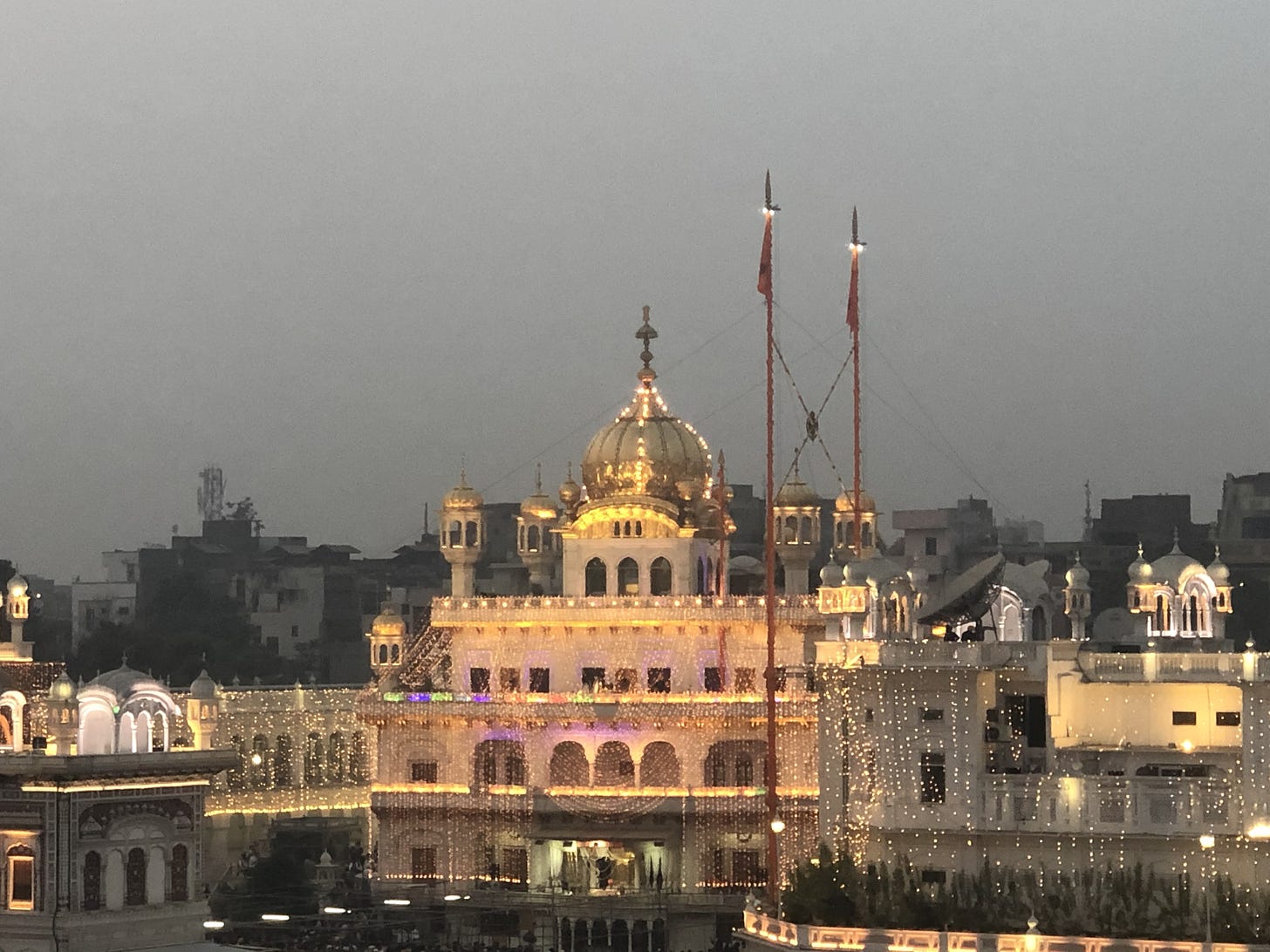
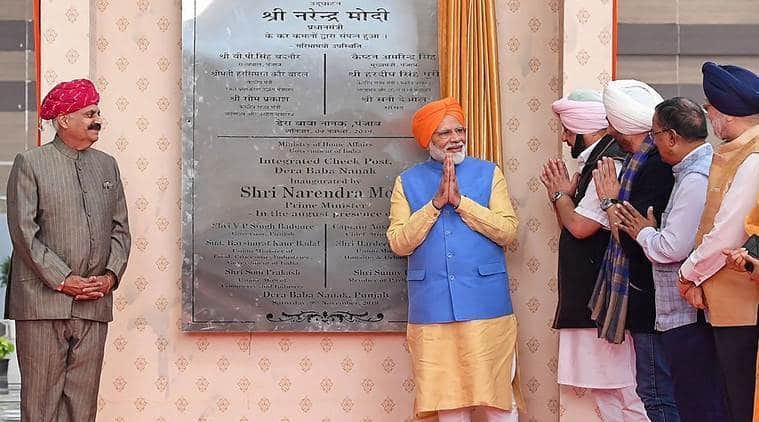
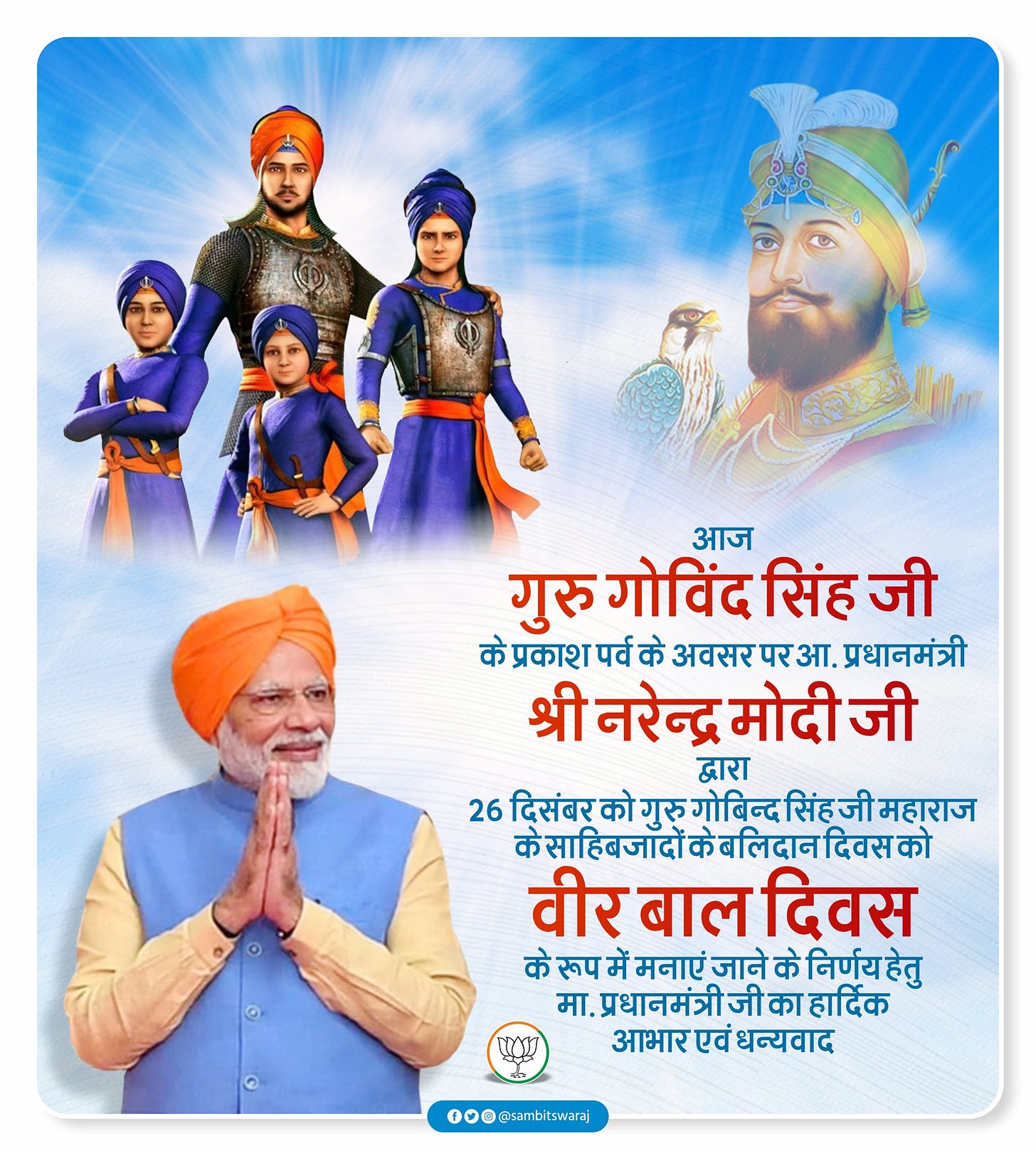
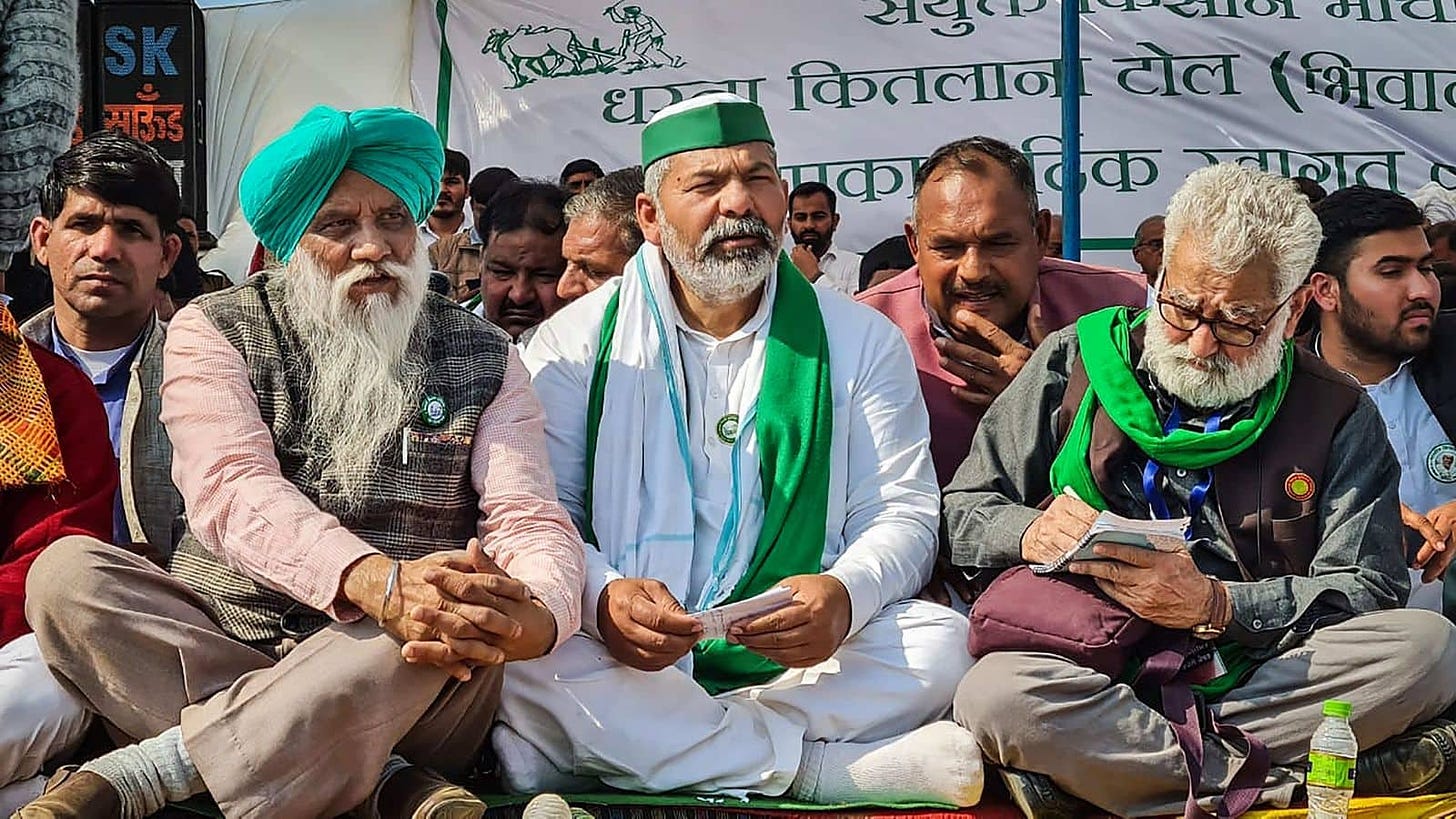
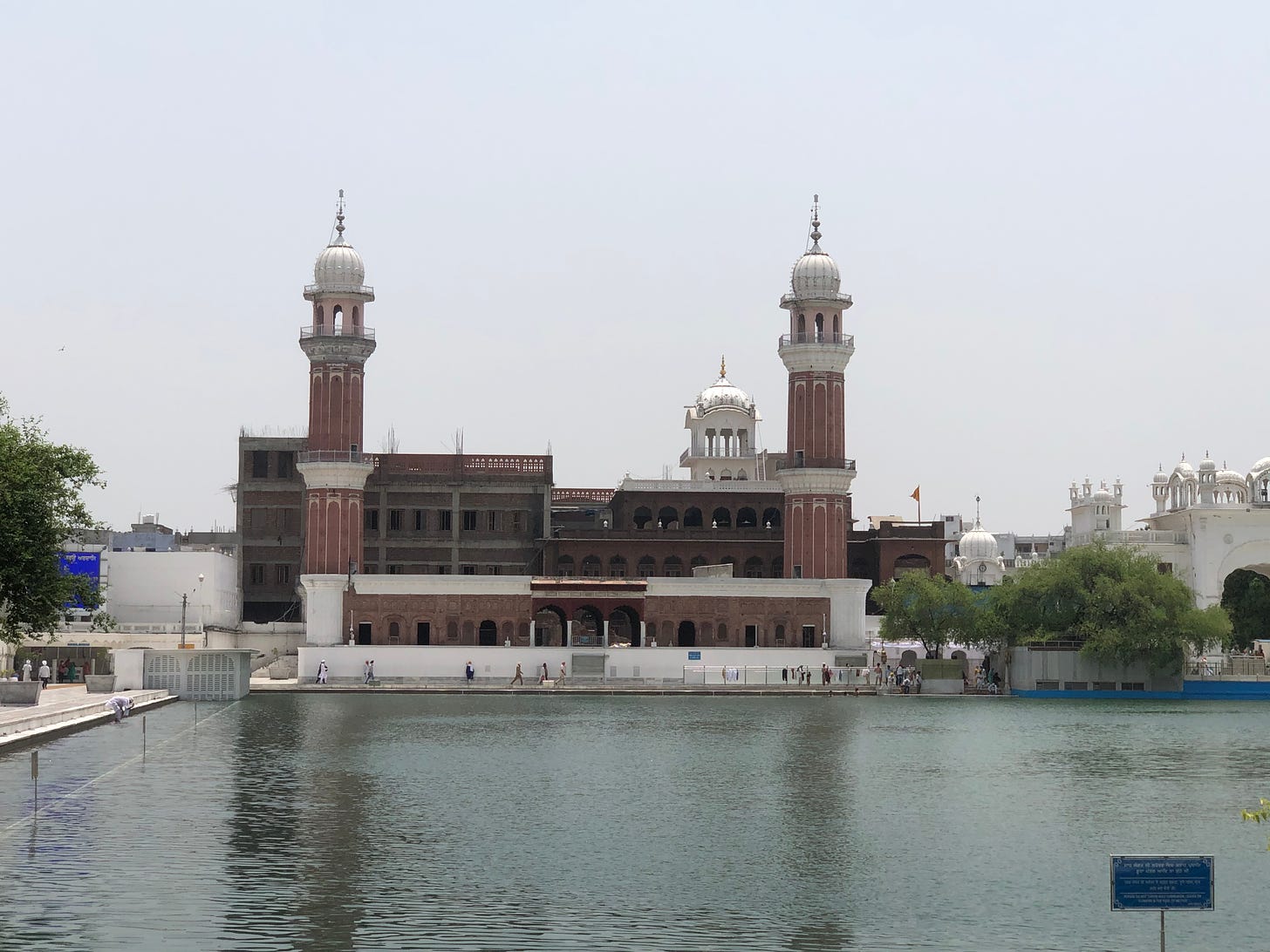
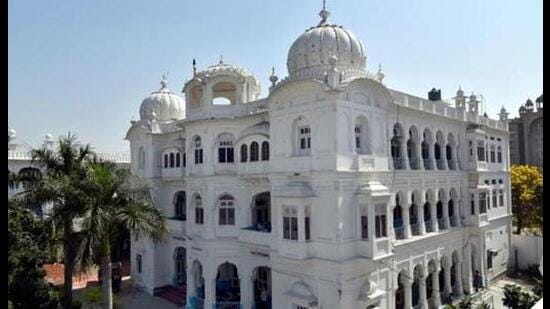

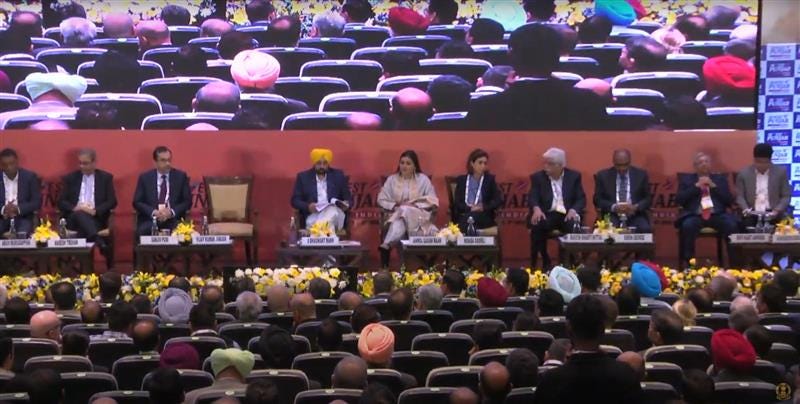
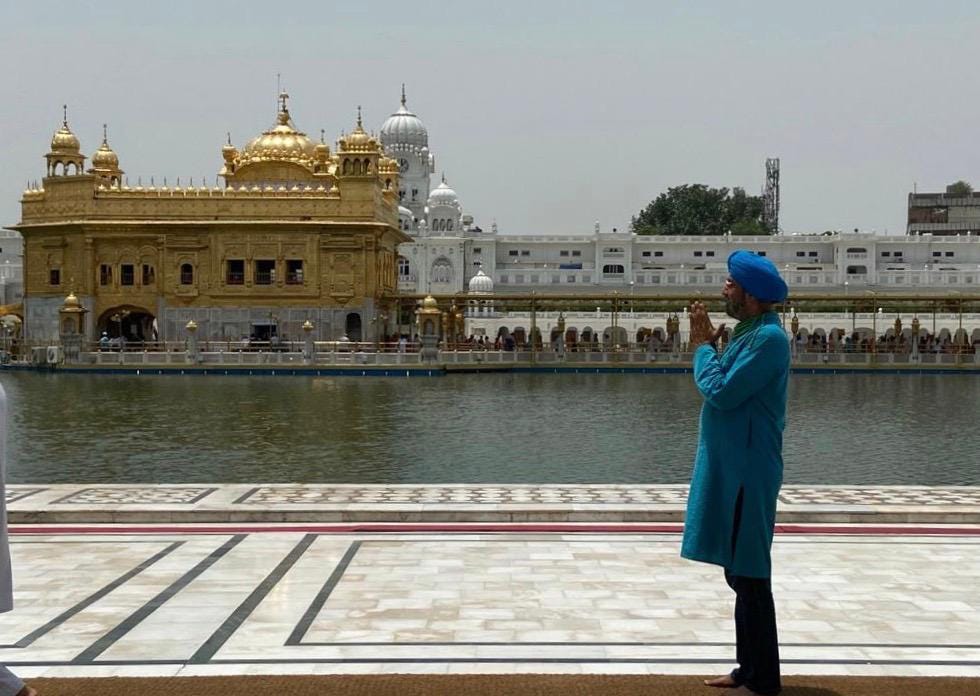
Sir,
You and other intellectuals and political scientists coming out with articles like yours is the step in the right direction.
If there is any wish or suggestion that I have for us is to learn and understand what Sikhism is all about. If all and every event , incident and act that hurt Sikhs is inventoried or analyzed, it will reveal a complete lack of understanding of Sikhism and people who are followers of this faith.
Sadly the practitioners of the faith have equally done disservice by not understanding and practicing it as well.
My $0.2
A must read write up for all. We did not arrive here overnight . This downhill slide has been in the works for many decades.